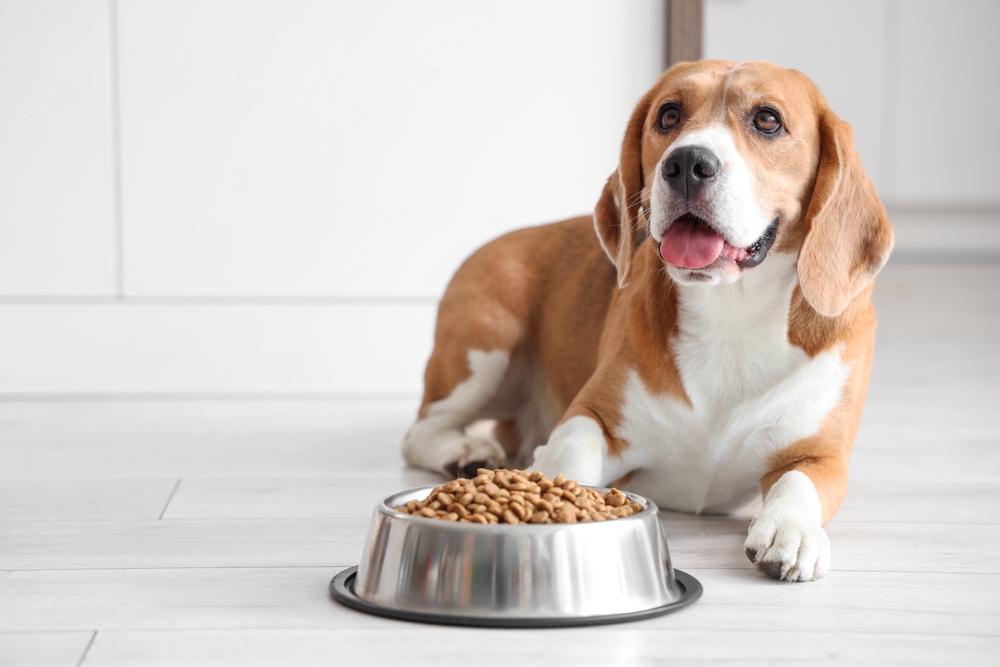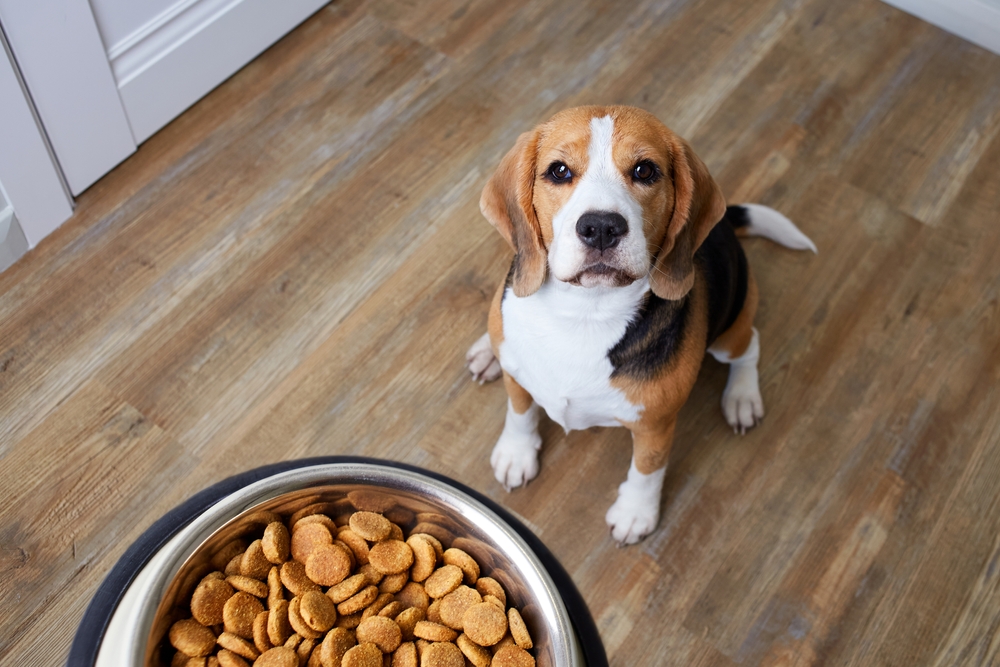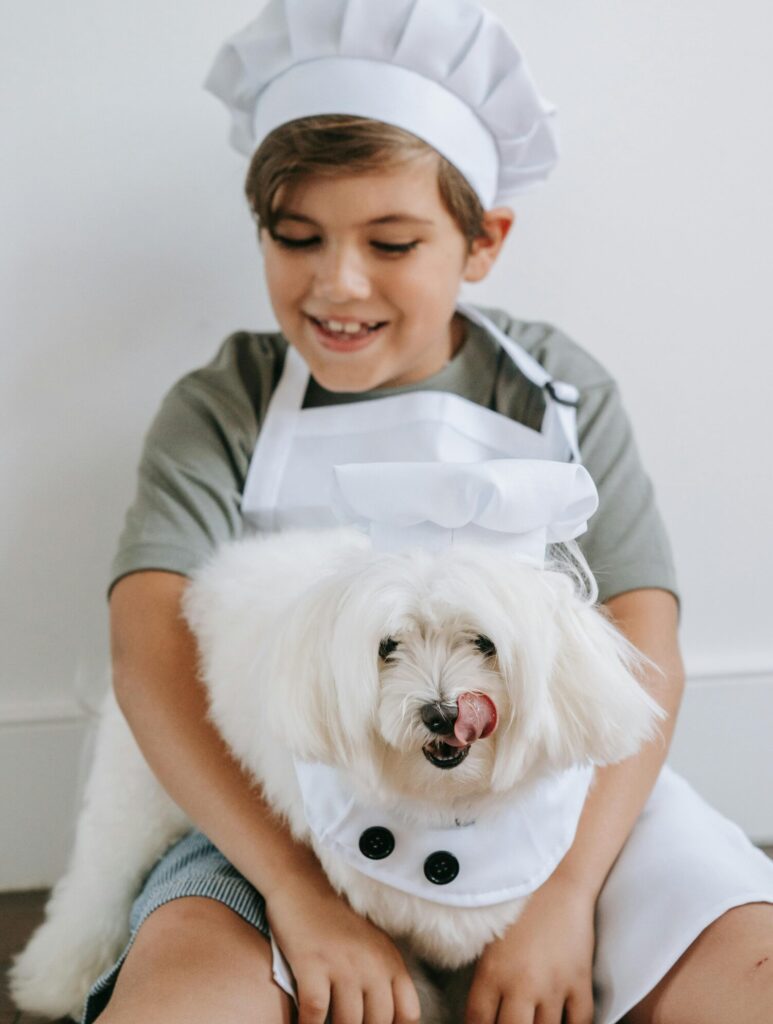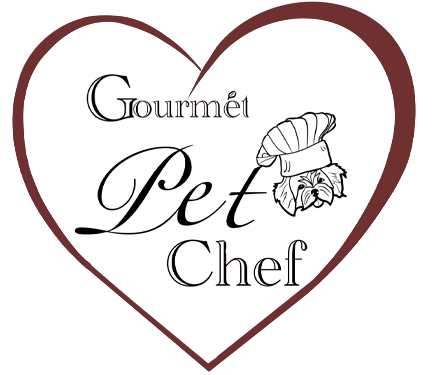When it comes to caring for your furry friend, proper dog food storage is just as important as choosing the right food. Storing it the wrong way can lead to spoilage, nutritional loss, and even health risks for your pet. On top of that, wasted food means wasted money—something every pet owner wants to avoid.
In this guide, we’ll walk you through storing dog food effectively so you can keep it fresh, safe, and ready to fuel your dog’s adventures. These practical tips will help you prevent spoilage and save money in the long run.
Why Proper Storage of Dog Food is Essential
Storing your dog’s food properly ensures that it retains its nutritional value and remains safe to eat. Just like with human food, exposure to air, moisture, and heat can degrade the quality of dog food over time.
Spoiled food can harbor mold, bacteria, and other harmful contaminants that might lead to upset stomachs or serious health issues for your pet.

For example, improperly stored kibble can develop a rancid odor from fat oxidation, making it unappealing and unsafe for your dog. Wet food, on the other hand, can quickly spoil or dry out if it’s not stored correctly, leaving it vulnerable to bacterial growth.
Beyond the health risks, improperly stored food often goes bad before you can use it all, forcing you to throw it away and buy more. By storing it correctly, you protect your dog’s health and stretch your dollar further. That means fewer trips to the pet store and more money in your pocket.
Choosing the Right Storage Containers
Your first step in proper dog food storage is investing in the right containers. Airtight containers are your best friend here. They lock out air and moisture, keeping the food fresh for longer and preventing contamination.
Look for food-safe containers made of BPA-free plastic, stainless steel, or glass. These materials are durable, easy to clean, and don’t leach harmful chemicals into the food.
If you prefer convenience, opt for containers designed specifically for pet food—they often come with helpful features like scoopers or wheels for easy handling.
Some containers even allow you to store the original bag inside, which is a great practice. The bag provides an extra layer of protection, as it’s designed to preserve freshness and block out light. Just be sure to seal the bag tightly after each use to minimize exposure to air.
Don’t forget to wash and dry the container thoroughly before refilling it. Any leftover crumbs or residue from old food can become a breeding ground for bacteria, which can spoil the fresh batch. Make it a habit to clean the container regularly, especially if you buy large bags of food that take weeks to finish.
Best Practices for Storing Dry Dog Food
Dry dog food, also known as kibble, has unique storage needs to stay fresh. One of the best practices is to keep it in its original bag and place the entire bag inside an airtight container. Why?
The original packaging is designed to preserve the food’s quality by blocking out light and moisture, and combining it with an airtight seal adds an extra layer of protection.
Store the container in a cool, dry place away from direct sunlight. Heat and humidity can cause the food to degrade and spoil faster. For example, storing kibble in a garage or shed where temperatures fluctuate can lead to condensation inside the container, which promotes mold growth.
It’s also important to check expiration dates and practice the “first in, first out” rule—always use the oldest food first to ensure none goes bad before you get to it.
Additionally, avoid transferring food directly into non-sealable bins or bowls for long-term storage, as this exposes it to air and contaminants.
Storing Wet or Canned Dog Food
Wet or canned dog food has different storage requirements, especially once it’s opened. For unopened cans, store them in a cool, dry pantry away from sunlight. High temperatures can cause cans to swell, which is a sign of spoilage.
After opening a can, transfer the leftovers to an airtight container or cover the can tightly with plastic wrap. Then, refrigerate it immediately to keep it fresh. Opened wet food typically lasts 3–5 days in the fridge, so be sure to label it with the date you opened it to avoid accidentally serving spoiled food.
If your dog doesn’t finish a serving left out in their bowl, discard it promptly, especially on warm days, to prevent bacterial growth. Remember that wet food is more perishable than kibble and requires extra attention to storage.
Managing Homemade or Fresh Dog Food
Homemade or fresh dog food, such as chicken and rice with veggies requires even more care to maintain its quality. These meals often contain perishable ingredients like meat, vegetables, and grains, which spoil quickly without proper refrigeration.
Refrigerate fresh meals in airtight containers and use them within 3–4 days. For longer storage, portion the food into freezer-safe containers and freeze it. Freezing preserves the food’s freshness and makes mealtime more convenient—you can defrost just the right amount instead of the whole batch.
When thawing, always do so in the refrigerator rather than at room temperature. This method minimizes the risk of bacterial growth and ensures the food stays safe for your dog. Additionally, don’t refreeze thawed food, as this can degrade its quality and safety.
For those making food in bulk, consider vacuum-sealing portions to remove air entirely before freezing. This step helps maintain the flavor and texture of the food while prolonging its shelf life.
Common Mistakes to Avoid When Storing Dog Food
Even with the best intentions, certain habits can unintentionally compromise your dog food’s quality. Avoid these common mistakes:
- Using containers that aren’t airtight or food-safe.
- Leaving food exposed to air, moisture, or direct sunlight.
- Storing food in areas with fluctuating temperatures, like garages or sheds.
- Ignoring expiration dates and forgetting to rotate your stock.
- Washing storage containers infrequently, allows bacteria to accumulate.
By steering clear of these errors, you’ll keep your dog’s food fresh, safe, and ready to serve.
Benefits of Proper Storage for Your Dog and Your Budget
Storing dog food correctly goes beyond convenience and plays a vital role in protecting your dog’s health and your wallet. Fresh, well-stored food retains its full nutritional value, ensuring your dog gets the energy and nutrients they need to thrive.

Proper storage also reduces waste, saving you from throwing away spoiled food and spending extra on replacements. Additionally, by extending the shelf life of your dog food, you’ll avoid frequent trips to the store.
Keep Your Dog Happy and Healthy with Fresh Food
Your dog deserves meals that are as fresh and wholesome as the day you bought them. By following these practical tips for storing dog food, you can avoid spoilage, save money, and keep your furry friend’s nutrition on point.
And if you’re looking for an even easier way to manage your dog’s meals, consider Gourmet Pet Chef’s professionally prepared, nutritionally balanced meals.
With our focus on fresh, high-quality ingredients, we make it simple to provide your pet with food that’s always safe, delicious, and ready to enjoy. Fetch it today!
 Skip to content
Skip to content


